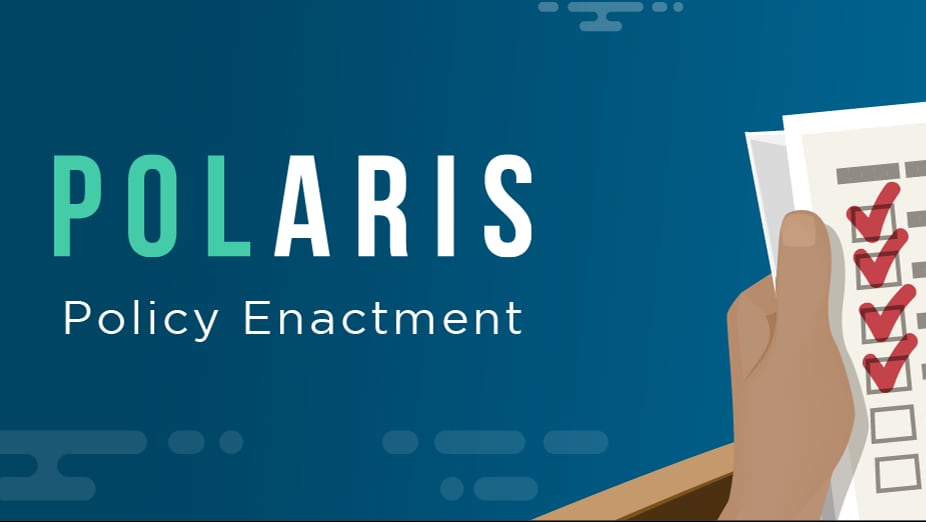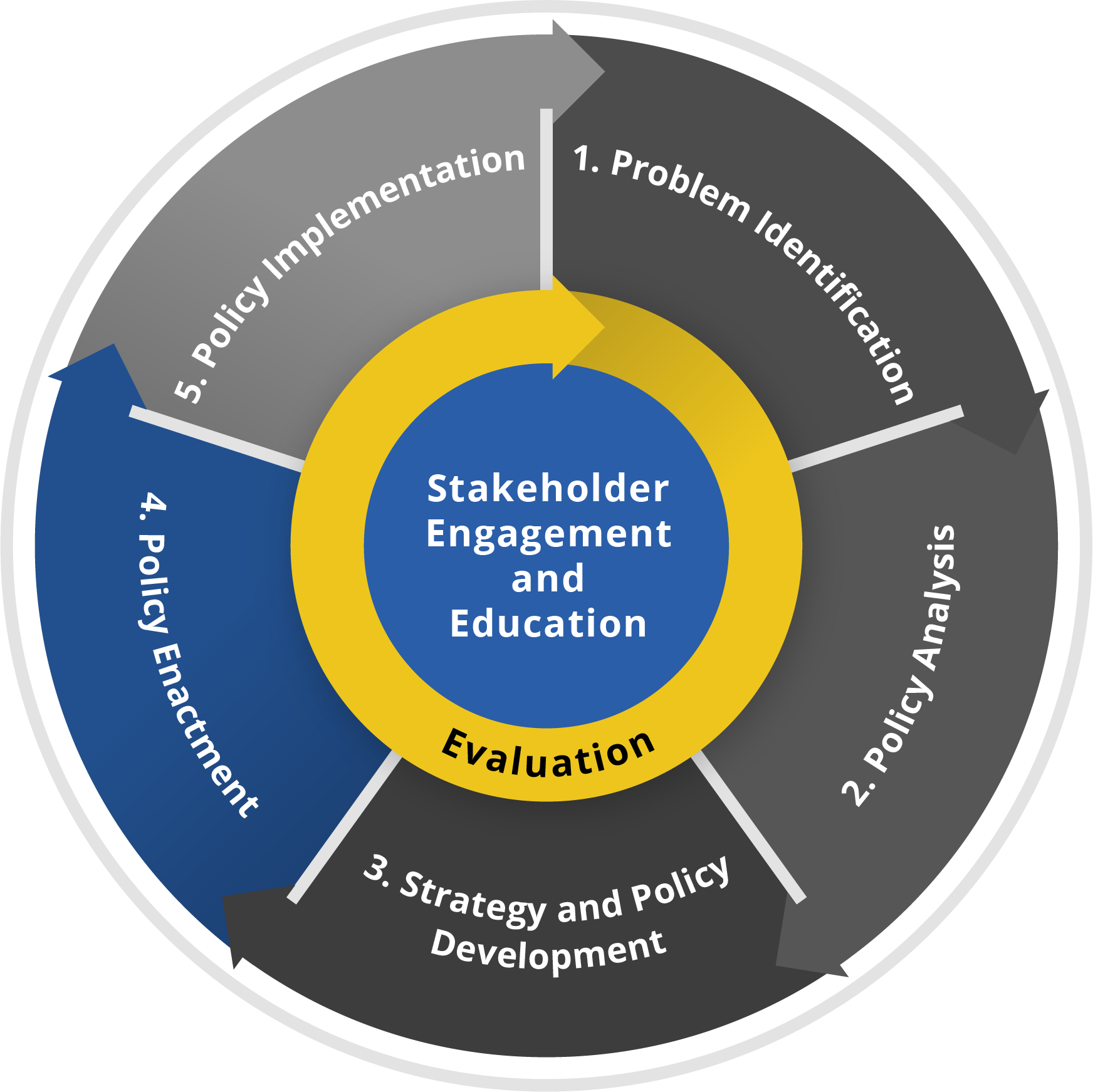About
Policy enactment involves getting official permission—or the "green light"—to implement a policy. Policies can be enacted at multiple organizational levels, from school districts to federal agencies.

Introduction
If your policy is developed and you have a plan for enactment. If you haven't developed your policy and an enactment strategy yet, visit the Strategy and Policy Development page.

You can't implement a policy if it hasn't been officially authorized. For example, implementing new physical activity guidelines for schools requires an official go-ahead, whether through a vote by the local school board or by passing a bill in the state legislature.
Who to include in the process
Which stakeholders are involved in policy enactment depends upon the level of enactment (e.g. federal, state, or local). They are typically the people or organizations that can create, pass, and enforce the policy. Consider involving stakeholders who are supportive of the policy, as well as those who may have concerns.
These stakeholders are frequently involved in policy enactment:
- Federal and state government agencies - These agencies often design and issue regulations and reporting requirements.
- Legislators - This group includes elected federal, state, and local representatives (such as mayors and state representatives) who pass laws and oversee the public budget.
- Public officials and administrators - This group includes people who administer budgets and generally lead or coordinate the implementation of the policy. An example is the director of a state’s Medicaid program.
- State and local board members - This group includes members of boards of health and planning and zoning committees who have the authority to issue permits and regulation.
How are policies enacted?
Policy enactment consists of following the procedures necessary for enacting the policy and getting official approval for implementation.
To understand the enactment process, you will probably need the help of stakeholders because it isn't always straightforward. Sometimes the process is more complex and nuanced than the official steps on paper. For example, school board agendas can be difficult to navigate if you haven't gone through the process before.
Policy enactment can be a repetitive and sometimes slow process—it might require multiple attempts, as is the case with many bills that eventually became law. For example, enactment of most state seatbelt enforcement laws took many years.
You know when a policy enactment is complete when it has been authorized.
Resources
How a Bill Becomes a Law: This graphical resource can help you understand how a bill moves through the United States Congress to become law.
The Legislative Process: This video and accompanying transcript from the U.S. Congress provides an overview of the legislative process.
